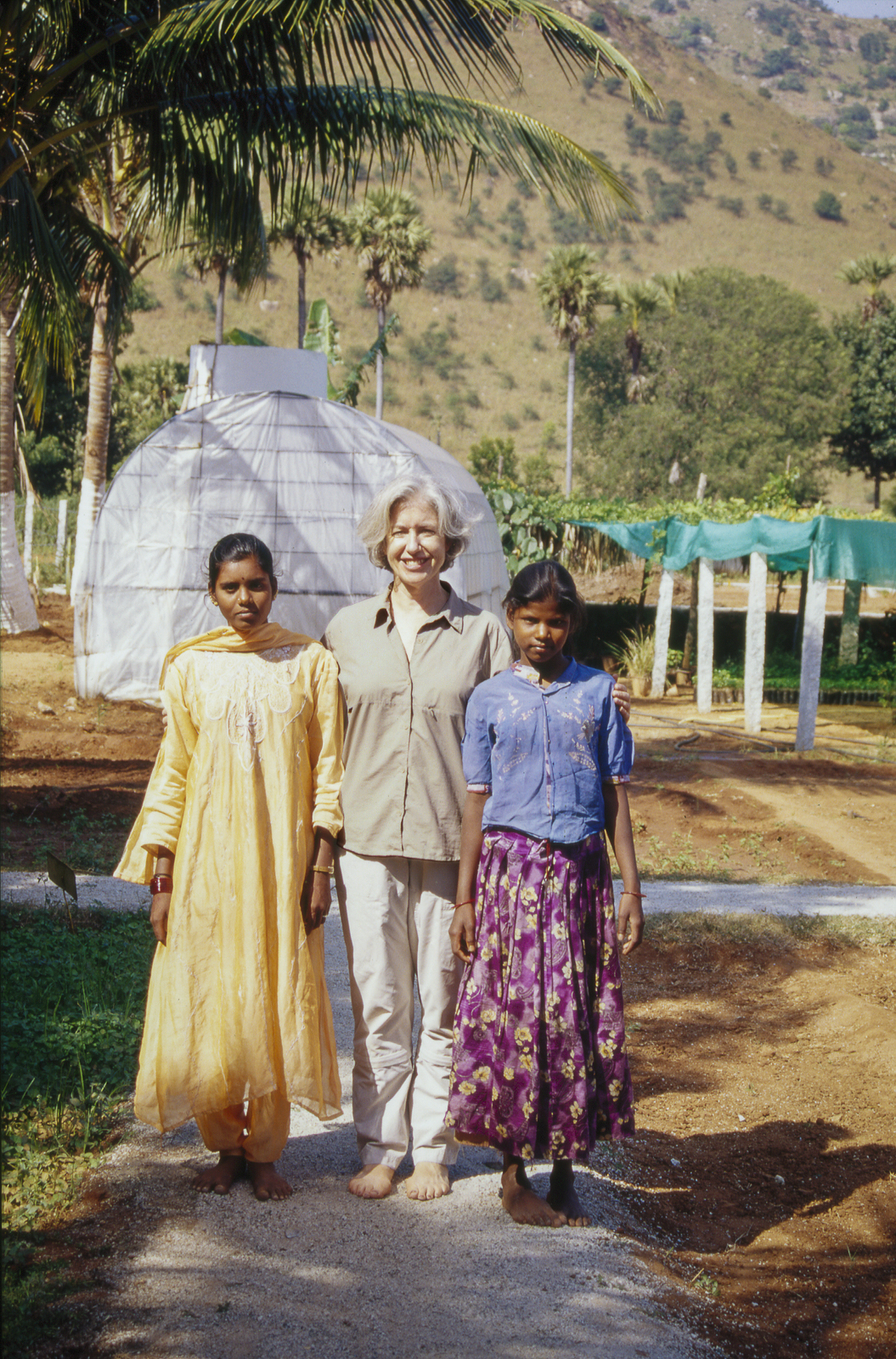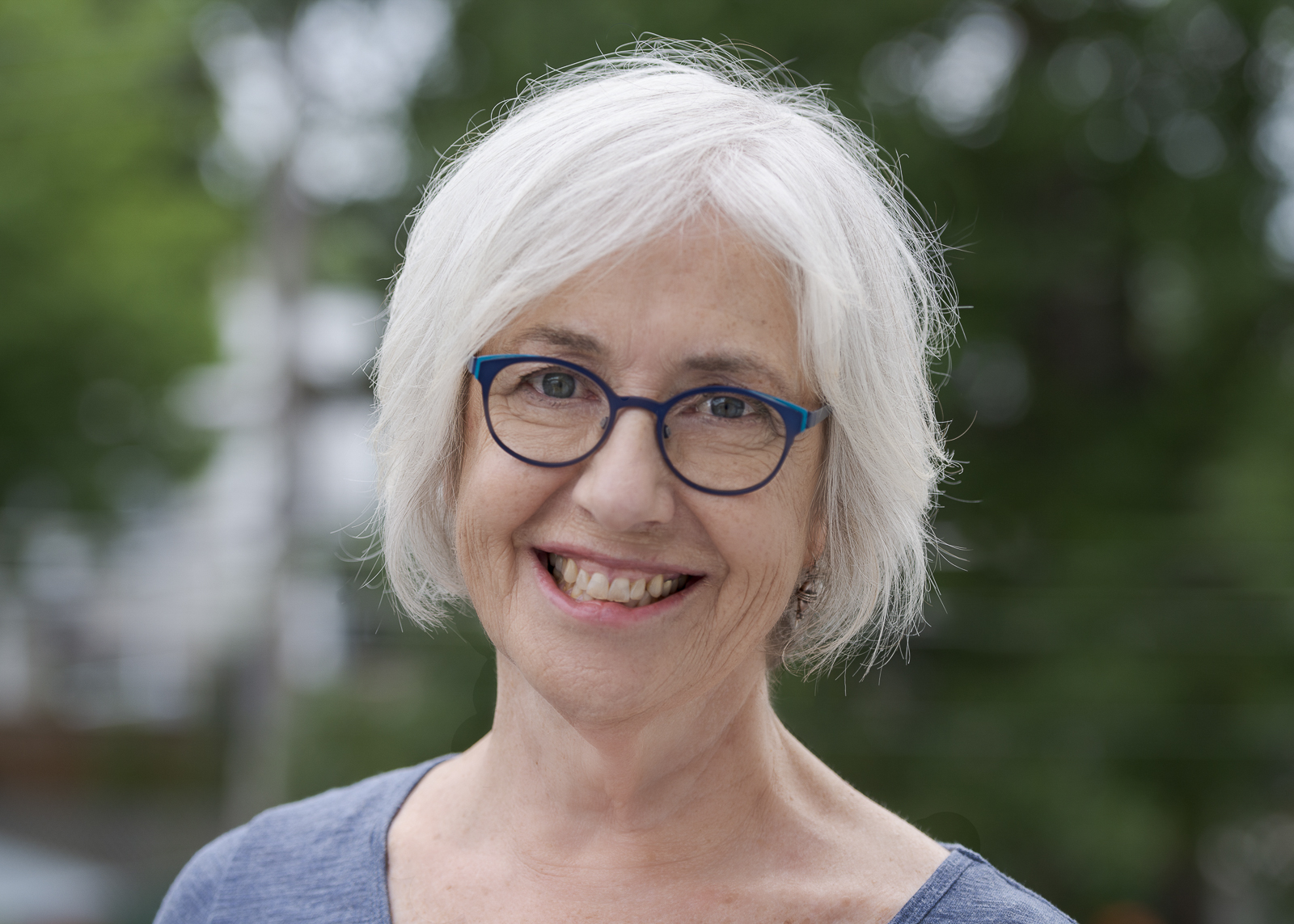When I realized that PHOTOGRAPHY, the act of choosing what to include in the frame and when to click the shutter, was a very personal statement, I got hooked. At first, exploring the world around me, the streets of Montreal, the interactions in my family and among my friends gave me a sense of grounding. Soon, photography became a means to explore and describe the life situations of people of different countries and cultures, documenting issues and conditions that affect their lives.
Thank you for visiting my website.
Address given to the Réseau Affaires Verdun,
January 2020
I feel privileged. Photography has led me to many enriching, instructive, poignant experiences specially regarding social justice and human resilience.
I think back to the baby suffering from extreme malnutrition in Benin. Her mother had brought her from their village to consult a nutritionist, a Canadian volunteer who could have helped her—but it was too late. The level of undernourishment was too severe. I learned that many cases of malnutrition in the population were due to pressure from the government on the heads of families to replace their kitchen gardens with tobacco plants.
In a Kosovar refugee camp in Albania, I met a family whose 12-year-old daughter had become catatonic, certainly because of what she experienced during the bombings. I gave her my camera and asked her if she wanted to take a photo of her father. It was, I was told, the first time in weeks that she showed some reaction and smiled. She took the photo of her dad. The next day, I visited them again, but this time, she didn’t react—she had fallen back into her catatonic state.
Women in a slum area in New Delhi, where the sewage overflowed into the streets, invited me into their spotless and orderly homes. These women, dressed in impeccably pressed saries and flowers in their hair, had their children sing for me.
I got to know a team of dynamic and innovative social workers in the Peruvian Amazon city of Tarapoto who worked with women in the region. They had set up a cooperative of artisans, which offered the women financial independence. They also had a weekly radio broadcast on the local radio station, in which they shared a lot of useful information, health advice, etc. They would also use this platform to denounce men who had abandoned their families. The threat of being publicly denigrated convinced many men to finally come to an agreement with their ex-wives regarding child support.
It was her birthday, when I visited an 80-year-old woman living on the 9th floor of an apartment building in Sarajevo. She recounted that during the 4 years if the siege, with no electricity nor functioning elevators in her building, her neighbours made sure to bring her water and bread from the market despite the snipers on the surrounding hills. It was her birthday— she gave me a present, a ballpoint pen.
My present commitment to document the lives of refugees and asylum seekers in my hometown of Montréal, in the province and elsewhere in Canada, are an extension of my concern to reflect people’s life experiences through my photography.
I’ve now been living in Verdun for the past 12 years. Manifest destiny seems at play here. My mother grew up in Verdun. She went to St-Willibrod School, which is no longer standing, but the church is still there. She kept her Verdun girlfriends throughout her life.
Her brother, my Uncle Bill, had a greasy-spoon restaurant on Wellington Street. It is now the restaurant Sushi-Time.
Though our family wasn’t living in Verdun, my brother Joe played junior football for the Verdun Invictus at the end of the ’60s, coached by Bob Geary, a Verdun native who became the manager of the Allouettes. Playing for this team was a springboard for my brother to play in the Canadian Football league.
And now, as a Verdun resident, I regularly come across individuals that I value; be it at activities of the Réseau Affaires Verdun, or through my mandates to photograph the “Grands Verdunois” honourees, or mandates to photograph innovative entrepreneurs, local artists, community celebrations, etc. Thus, photography continues to be for me a means to discover my environment and people who impress me by their experiences, their vision and their accomplishments.
I profoundly believe that I have the best job in the world.
Curriculum Vitae
Professional Photographer
As a photographer, I have been above all interested in documenting the human experience.
Photoreportage
Mandated by organizations working in international relief, aid and development such as CIDA (Canadian International Development Agency), IDRC (International Development Research Centre), Care Canada, WUSC (World University Service of Canada), CECI, Plan Canada, as well as others. 1987–2005
Notable achievements:
- Selected as one of six Canadian women photographers to work on the theme of Women’s Rights in six countries in the world. In Peru, met and photographed women strongly committed to the fight against poverty and social injustices. The photographs were presented in the exhibition Rights and Realities, presented at the Canadian Museum of Contemporary Photography in Ottawa, and in various cities throughout Canada over 5 years. It was also presented at the World Conference on Women in Beijing. This photo project was under the auspices of CIDA and Rights and Democracy.
- Photo reportage on CLIDEP (Clinique d’épilepsie de Port-au-Prince) established by Dr. Liionel Carmant, neurologist at Hôpital Sainte-Justine, Montréal, a project of the Montréal Ville-Marie Rotary Club. Production of a video, a montage of photographs and video clips, presenting the clinic, it’s goals, the medical and technical teams, the challenges and the impact of this unique medical project in Haiti, March 2013
- Photo and video reportage on WUSC (World University Service of Canada) volunteers in 7 African countries, Vietnam and Sri Lanka. Production of 8 videos reflecting the impact of their work in the filed, and their daily lives. 1994-2005
- Photo reportage on a women’s cooperative in a slum in New Delhi, India, developing a small business, preparing hot lunches and having them delivered to office workers, CIDA, 2002
- Photography for Health Canada on the theme of seniors and ageing, 2000
- Photo reportage on the Kosovar refugees in Albania, CIDA, CARE Canada and CECI, 1999
- Photography Tibetans in exile in India and Nepal (personal project) 1987, 1989. Photos were shown in exhibitions in Montréal and in India, and published in the newspaper The Montreal Gazette
I have in parallel developed a clientele for:
- Professional portraits
- Photography of corporate and social events
- Photography for educational publications, municipal organizations, health and social service institutions, etc.
- Commercial photography for print and Web designers, artists, artisans, entrepreneurs
Photography Exhibitions
- Refuge Canada, Canadian Museum of Immigration at Pier 21, Halifax, NS 2018 (group exhibition)
- L’Art sacré du Tibet, Galerie Luz, Montréal, 2000 (group exhibition)
- Rights and Realities, Canadian Museum of Contemporary Photography, Ottawa 1995 and the NGO Forum at the International Conference on Women, Beijing (group exhibition). This exhibition was circulated to many centres across Canada from 1995 to 2001.
- La vie tibétaine en exil, Université de Montréal, 1991 (group exhibition)
- Tibetans in Exile, Pondicherry, India, 1987, sponsored by the Information Office of the Tibetan Government in Exile
- Le portrait, OVO, Montréal and Mexico City, 1984 (group exhibition)
- Contemporary Québec Photographers, Saidye Bronfman Centre, Montréal, 1983 (group exhibition)
- Image du Cirque, Dazibao, Montréal, 1982
- Un Grand Cru, Dazibao, Montréal, and l’ARPA, Bordeaux, France, 1981 (group exhibition)
- A Women’s Eye, National Film Board, Stills Division, Ottawa, 1976 (group exhibition)
Grants
- Canada Council Grant to photograph Tibetan refugee communities in India, 1987.
- Ministère de l’éducation du Québec to produce photographs illustrating themes in Canadian literature, 1977.
- Canada Council Grant to photograph a community in Peru, rebuilding their town after its complete destruction by an avalanche caused by a major earthquake, 1976.
Collections
- Canadian Museum of History, Gatineau, QC. Photographs from my project on the Welcoming of Syrian Refugees
- ACALA (People’s Archive of Rural Nova Scotia): Digital collection of photographs on the integration of Syrian refugee families in Nova Scotia.
- Canada Council Art Bank
- Winnipeg Art Gallery
- CIDA Photothèque
- IDRC (International Development Research Centre) photo library
- UNICEF Photo Library
Professional Training
Although self-taught, I benefitted from mentoring and participation in workshops by photographers that I admire.
- Sam Tata was the first photographer who encouraged and guided me in photography, 1974-1978.
- Workshop “Materials and Methods,” Visual Studies Workshop, Rochester, NY, 1975
- Workshop with Howard Becker, sociologist and one of the founders of the Visual Sociology movement, Visual Studies Workshop, Rochester, NY, 1979
- Workshops with John Max, Saidye Bronfman Centre, Montréal, 1982–1984
- Workshop with the photojournalist Stan Grossfeld, Maine Photographic Workshops, 1999
Teaching of Photography
- Lozeau—photography workshops and conferences, 2006–2013
- Concordia University, Continuing Education—photography and darkroom courses, 1996–2000
Co-founder and coordinator of Dazibao, centre de photographies actuelles, the first artist-run photography gallery in Montréal, 1980–1984. This gallery is still very active and well recognized in the world of contemporary art.
Volunteer experience and causes
- I regularly photograph for community organizations which help immigrants, refugees and asylum seekers, such as the CSAI (Centre social d’aide aux immigrants), La Maisonnée, Le Pont, and others.
- Photography at the annual Gala and other information and/or fundraising activities for the Fondation Carrefour pour Elle, Longueil (shelter for women and children victims of family violence) 2013—the present.


